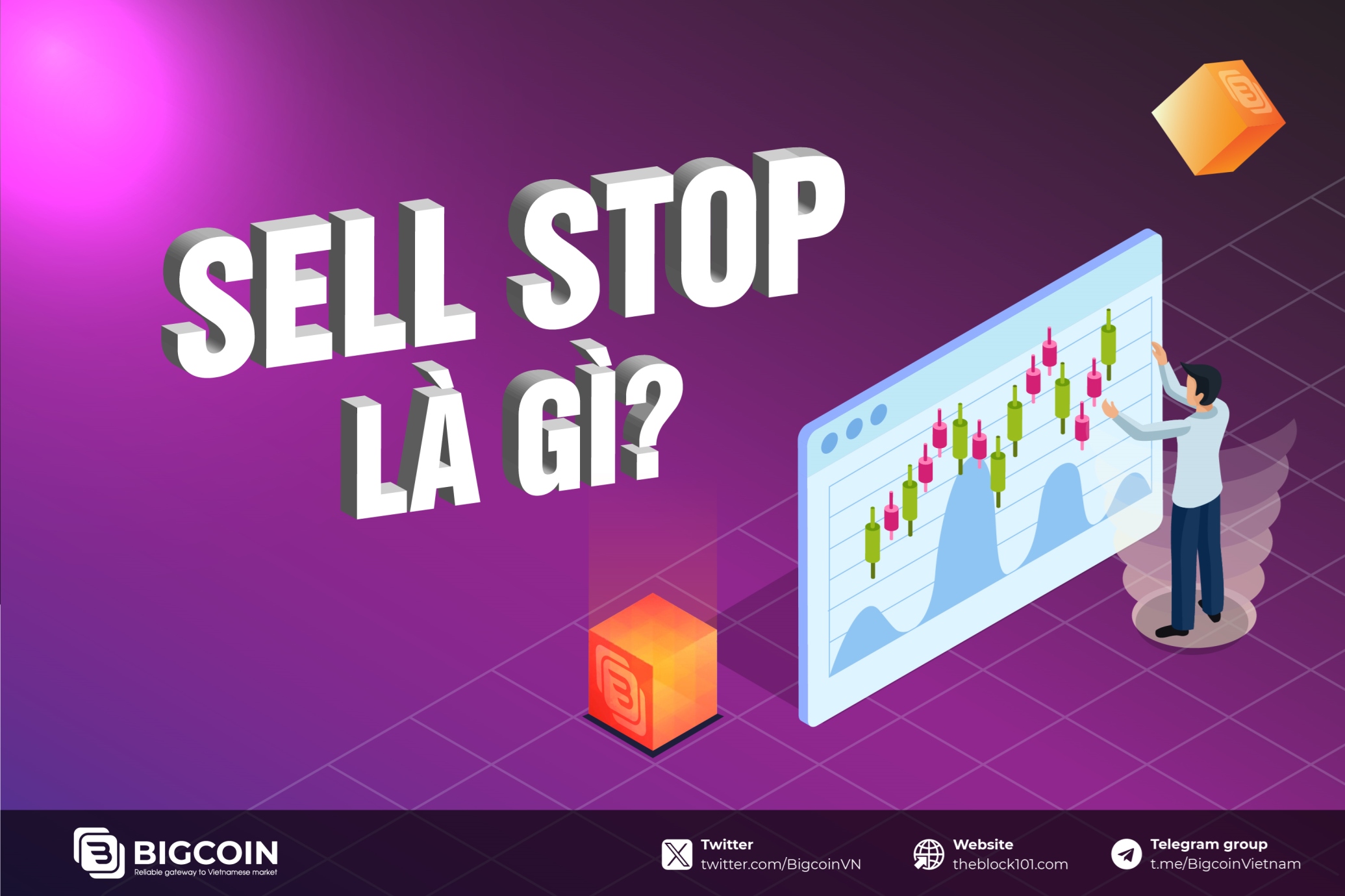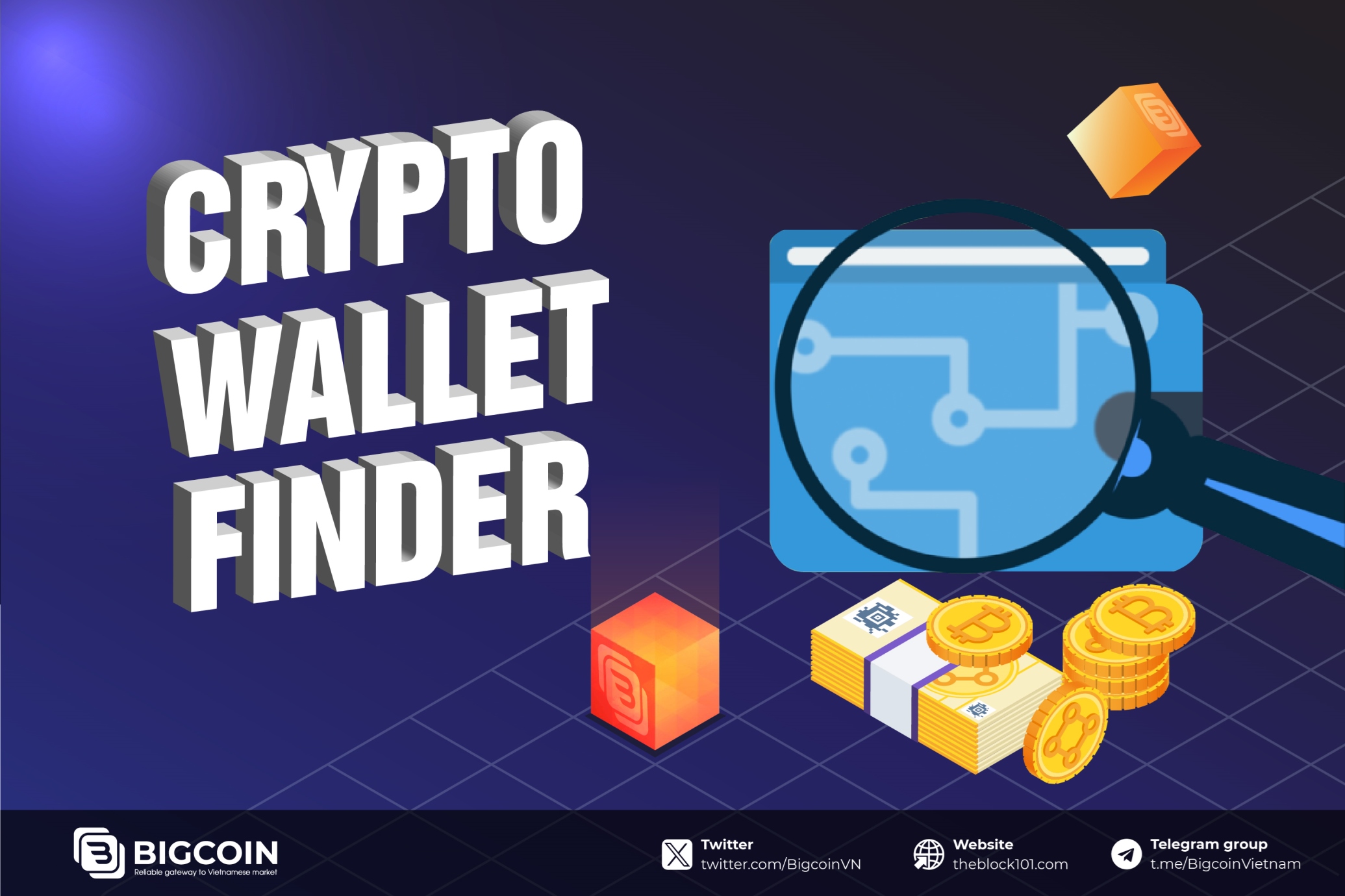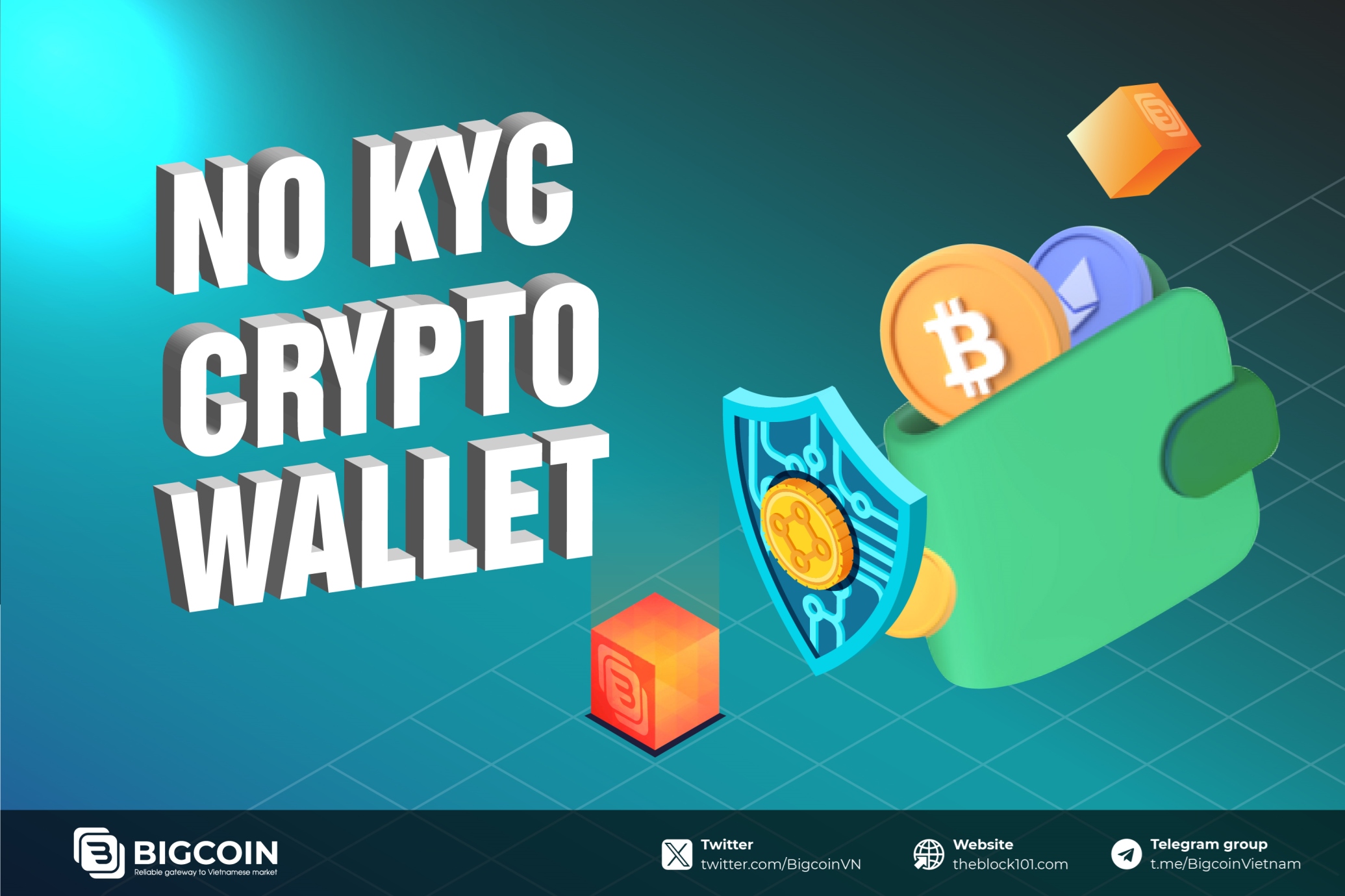1. What is a Liquidity Provider (LP)?

Liquidity Providers (LPs) are individuals or institutions that supply liquidity to the market by depositing their assets into exchanges or financial platforms. In the cryptocurrency market, LPs typically provide asset pairs such as Bitcoin (BTC), Ethereum (ETH), and other tokens to decentralized finance (DeFi) protocols like Uniswap, Sushiswap, and Balancer.
2. The Importance of Liquidity Providers
-
Maintaining Market Liquidity: Liquidity Providers help maintain liquidity in the market, allowing investors to buy and sell assets easily without facing liquidity issues. This helps minimize price volatility and maintain market stability.
-
Improving Trading Experience: With LPs participating, trades can be executed more quickly and efficiently, enhancing the user experience. High liquidity also helps reduce the bid-ask spread, making trading more cost-effective.
-
Supporting New Projects: LPs play a crucial role in supporting new cryptocurrency projects. By providing liquidity for new tokens, they help these projects gain visibility and attract investors.
3. Liquidity Providers Operation
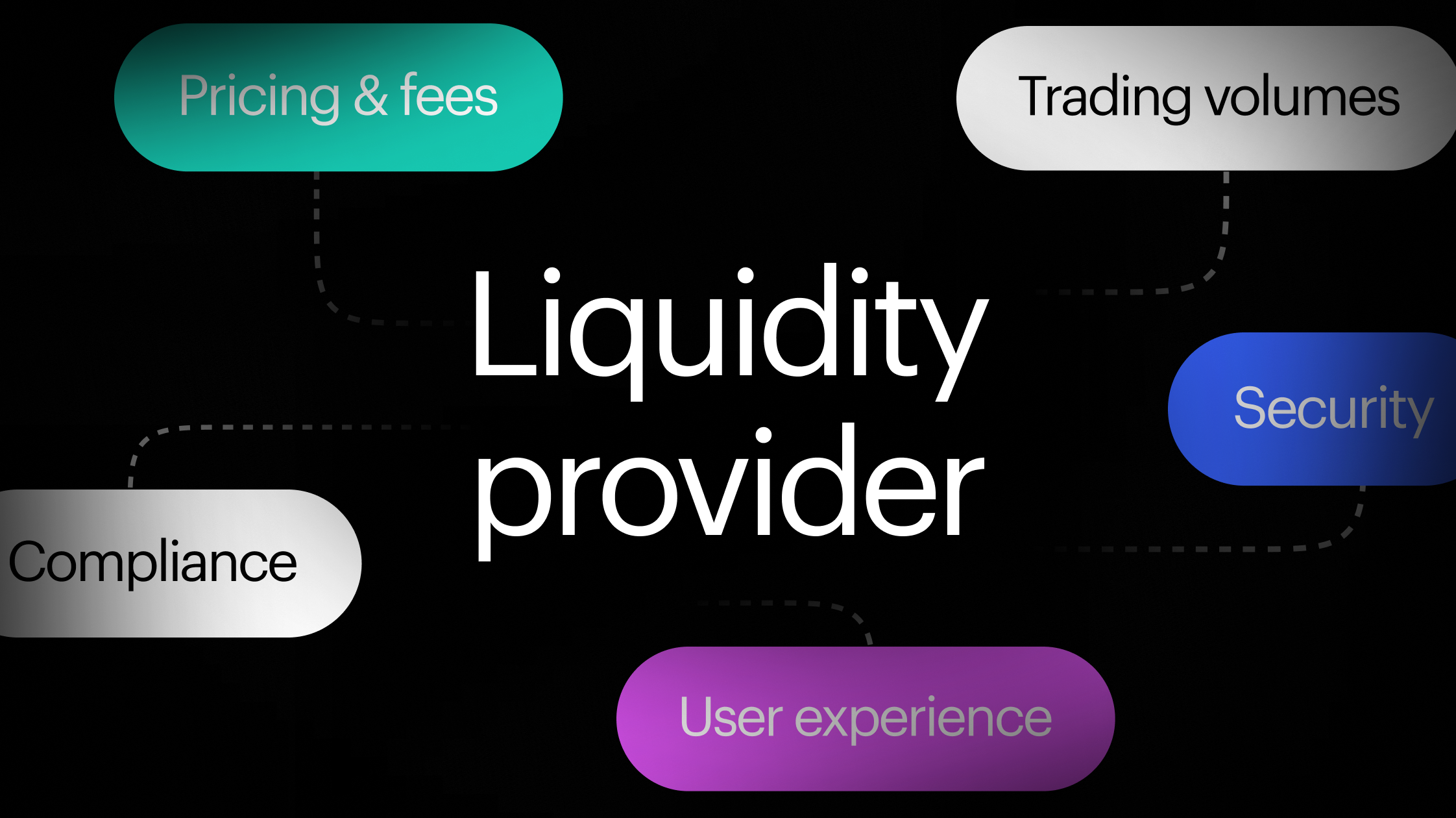
Providing Liquidity
Liquidity Providers supply liquidity by depositing asset pairs into liquidity pools on DeFi platforms. When traders execute transactions, they pay a small transaction fee, which is shared among the LPs based on the proportion of assets they have provided to the pool.
Receiving Rewards
To incentivize liquidity provision, DeFi platforms often reward LPs with native platform tokens or other tokens. These rewards not only offset the risks faced by LPs but also provide additional profit.
Withdrawing Liquidity
LPs can withdraw liquidity at any time. However, upon withdrawal, they may receive assets that are not always equivalent to the initial amount deposited due to price volatility and impermanent loss.
4. Benefits of Becoming a Liquidity Provider
-
Income from Transaction Fees: LPs can earn passive income from transaction fees paid by traders. The amount of fees depends on the trading volume on the platform and the proportion of assets provided by the LP.
-
Rewards from DeFi Platforms: Many DeFi platforms offer additional incentives in the form of tokens to LPs. This can increase LPs' profits if the value of these tokens appreciates over time.
-
Diversified Investment: Being an LP allows investors to diversify their portfolios by holding various asset pairs. This helps mitigate risks and capitalize on new investment opportunities.
5.Risks of Becoming a Liquidity Provider
-
Impermanent Loss: Impermanent loss occurs when the price of the assets in the pool changes compared to when they were deposited. If the price of one of the assets changes significantly, the total value of the assets upon withdrawal may be lower than the initial deposit, even when accounting for transaction fees and rewards.
-
Smart Contract Risks: DeFi platforms operate on smart contracts, which are not always flawless. Risks related to code errors or attacks can lead to asset loss for LPs.
-
Market Volatility: The cryptocurrency market is known for its high volatility. While providing liquidity can help reduce some of this risk, LPs can still be affected by significant market fluctuations.
-
Liquidity Risks: In some cases, LPs may face difficulties withdrawing liquidity if the liquidity pool becomes unbalanced or experiences low trading volume. This can lead to asset loss or reduced expected profits.
6. How to Become a Liquidity Provider?
Choose the Right DeFi Platform
There are numerous DeFi platforms that allow you to become an LP, such as Uniswap, Sushiswap, Balancer, Curve, and more. Research these platforms thoroughly, considering their benefits and risks before making a decision.
Examples of Popular DeFi Platforms:
-
Uniswap: Uniswap is an automated liquidity protocol that allows users to trade ERC-20 tokens on the Ethereum network. Uniswap is known for its use of liquidity pools and high liquidity.
-
Sushiswap: Sushiswap is a fork of Uniswap, offering additional incentive features and rewards for LPs. This platform has attracted a large number of users and LPs due to its token rewards.
-
Balancer: Balancer allows users to create and manage custom liquidity pools, supporting multiple assets and different asset ratios. Balancer is notable for its flexible pools and advanced asset management tools.
-
Curve Finance: Curve Finance focuses on providing liquidity for stablecoins and similarly valued assets, helping to reduce impermanent loss for LPs.
Connect Your Cryptocurrency Wallet
You need a cryptocurrency wallet compatible with your chosen DeFi platform, such as MetaMask, Trust Wallet, or Ledger. Connect your wallet to the DeFi platform to start providing liquidity.
How to Connect MetaMask to a DeFi Platform:
-
Download and Install MetaMask from the official website or app store.
-
Create a New Wallet or import an existing wallet using the recovery phrase.
-
Open the DeFi Platform’s Website and find the “Connect Wallet” option.
-
Select MetaMask and follow the instructions to connect your wallet to the DeFi platform.
Choose an Asset Pair and Provide Liquidity
Select the asset pair you want to provide liquidity for and deposit them into the platform’s liquidity pool. Ensure you fully understand the terms and conditions of liquidity provision on the chosen platform.
Example of Providing Liquidity on Uniswap:
-
Visit Uniswap and connect your wallet.
-
Select “Pool” and click on “Add Liquidity.”
-
Choose the Asset Pair you want to provide liquidity for, e.g., ETH/USDC.
-
Enter the Amount of assets you wish to provide and confirm the transaction.
-
After the Transaction is Confirmed, you will receive LP tokens representing your share in the liquidity pool.
Monitor and Manage Your Assets
Track the performance of your assets and the liquidity pool you are involved in. Adjust your strategy as needed to optimize profits and minimize risks.
How to Monitor and Manage Your Assets:
-
Use Analytics Tools: Platforms like DeFi Pulse, Zapper.fi, and Dune Analytics provide tools for analyzing the performance of liquidity pools and your assets.
-
Check Regularly: Frequently check your wallet and DeFi platforms to ensure your assets are performing as expected.
-
Adjust Your Strategy: Based on your analysis and market conditions, you can adjust your liquidity provision strategy to optimize returns.
7. Popular DeFi Platforms for Liquidity Providers
Uniswap

Uniswap is an extension of Uniswap, offering additional Sushi token rewards for liquidity providers (LPs). This feature increases profitability for LPs and attracts more participants to provide liquidity.
Sushiswap
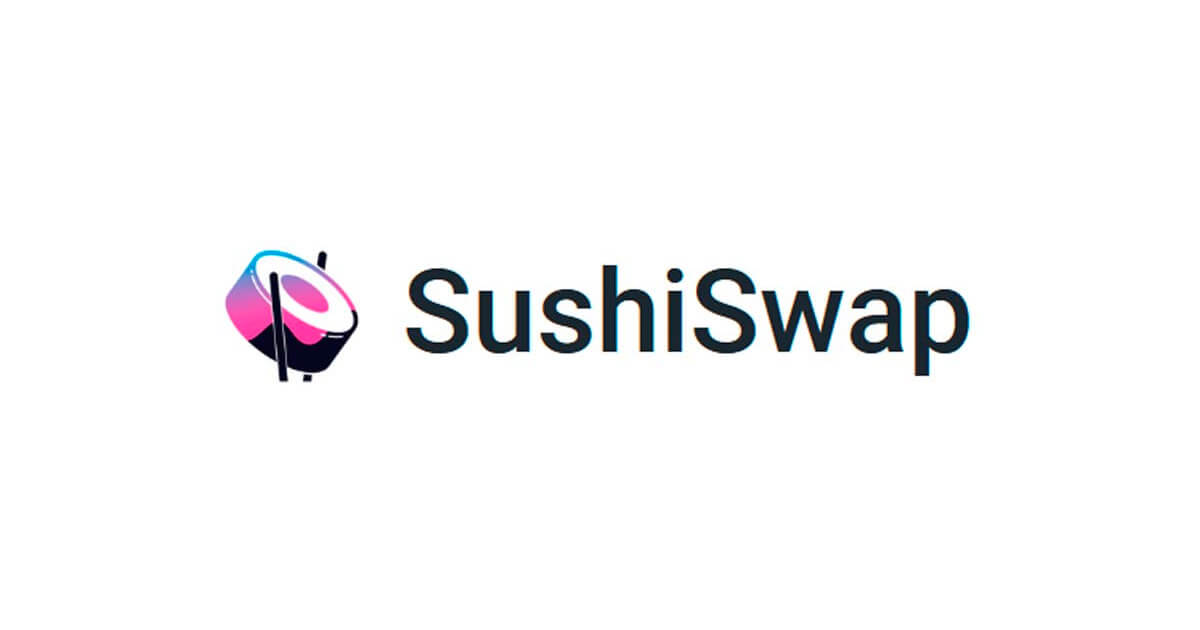
Sushiswap is an extension of Uniswap, offering additional Sushi token rewards for liquidity providers (LPs). This feature increases profitability for LPs and attracts more participants to provide liquidity..
Balancer
Balancer allows users to create and manage liquidity pools with multiple assets and varying ratios. LPs can customize their pools to align with their personal investment strategies.
Curve Finance
Curve Finance focuses on liquidity pools for stablecoins and assets with similar values, helping to minimize impermanent loss and optimize returns for LPs.
PancakeSwap
PancakeSwap is a DeFi platform on Binance Smart Chain, offering similar features to Uniswap but with lower transaction fees. PancakeSwap also provides Cake token rewards for LPs.
Aave
Aave is a decentralized lending and borrowing protocol, enabling users to provide liquidity in the form of lending assets and earn interest. Aave offers high security features and advanced risk management tools.
8. Conclusion
In the evolving and complex landscape of financial markets, the role of Liquidity Providers (LPs) is extremely important. They not only help maintain liquidity and reduce price volatility but also contribute to the stability and efficiency of the market. For investors and traders, understanding the workings of LPs can provide significant benefits in making informed trading decisions and optimizing returns. Therefore, gaining knowledge about Liquidity Providers is essential for anyone involved in the modern financial market.
Read more:

 English
English Tiếng Việt
Tiếng Việt
